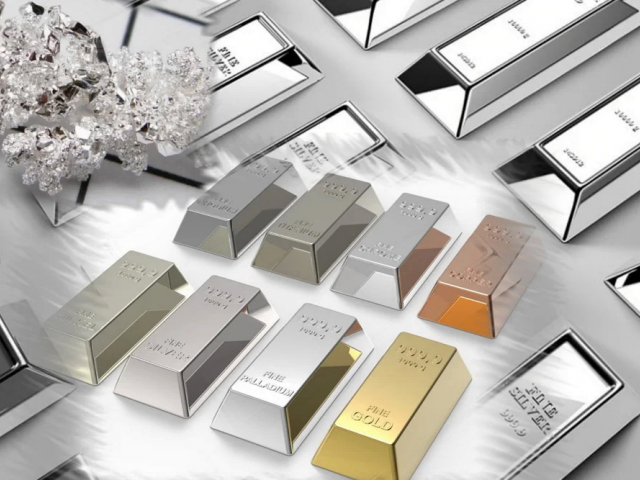
Start small – do not buy much
After deciding to beef up the metals portion of their portfolio, many novice investors make the mistake of buying a significant amount of physical silver at once. Experts recommend beginning metal investors to purchase small volumes of pure bars or coins. It is important to avoid commemorative coins, decorative items, jewelry, and other collectibles as they carry large premiums and have limited resale markets.
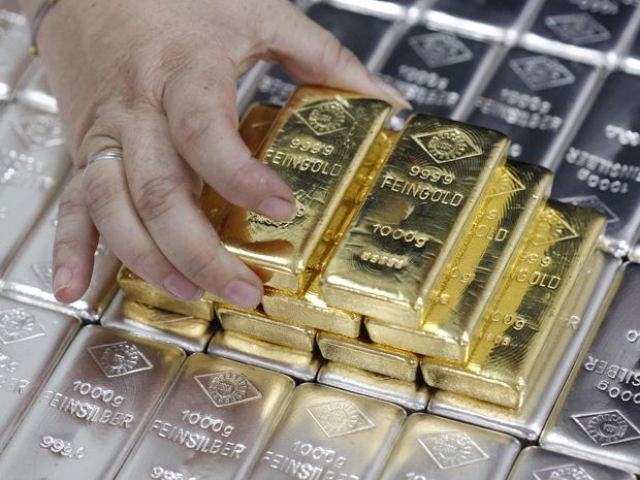
Have quick access to silver assets
The second rule of investing in silver is to hold this precious metal in a place where you can get to it easily. Experts emphasize the importance of keeping the lion's share of silver within reach. At the same time, some bulk of the precious metal can be stored in a more secure and remote location. Notably, this rule applies to those investors who have large portions of silver.

Carefully monitor market dynamics
According to experts, it is not necessary to be a professional investor in order to profit from the precious metals market. However, newbies will significantly increase their earnings if they understand the fundamental factors of the precious market trading. A novice trader should be aware of the drivers of the price movement in the precious metals market, and carefully monitor the news that may also have an impact on the quotes. These simple principles will help investors understand when it is better to buy and sell.
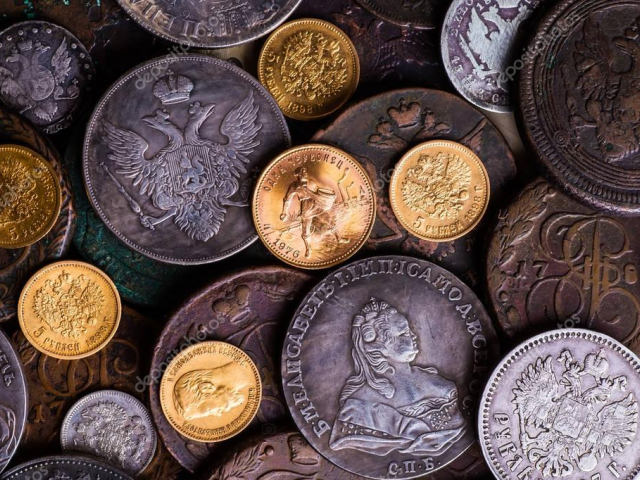
Make sure you are investor but not collector
An investor in the precious metals market should distinguish the ownership of silver items (collecting) from investing. This simple rule will enable traders to make the right choices while investing and thus receive high returns. Some professional investors are astute at buying and selling the collectible silver item and they can generate large profits. For beginners, such a strategy can be fatal. By ignoring these rules, you can lose everything. Collectibles are rarely used as an investment object.
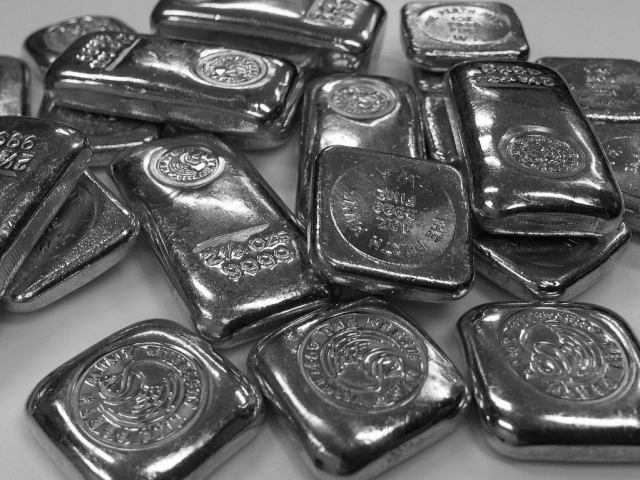
Know when to sell and buy silver
Experts of the precious metals market recommend using the dollar-cost averaging strategy to buy silver. By making same-dollar purchases at regular time intervals, you will be able to buy more metal when prices are low and less when they are high. In the future, the investor should adhere to the established time frame. This approach helps you develop your investment discipline. Dollar-cost averaging eases the pressure when prices move against traders allowing them to consider the downturn as a perfect buying opportunity rather than a disappointing loss. With such a strategy, you can compensate for price dips.
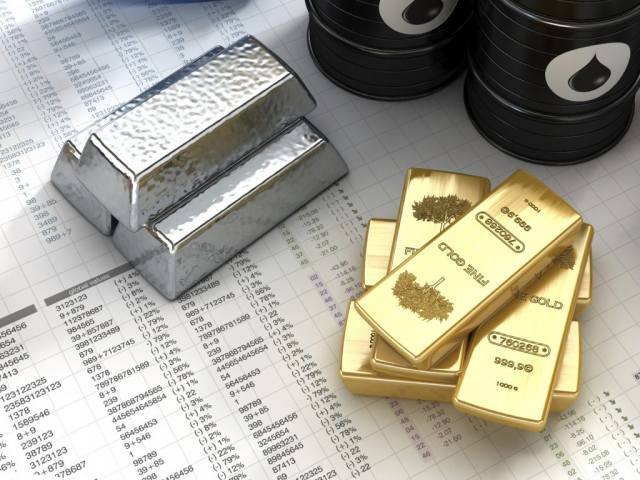
Acquire shares of silver companies
This rule is relevant for more experienced market players, but beginners should also take note of it. Once you have established a core holding of physical silver, you should turn to the shares of the most successful and reliable companies engaged in its extraction. According to analysts, many stocks are not responsive to changes in silver prices but they frequently generate significant gains in the long term.

Silver is your portfolio insurance in crisis
In the event of a severe collapse in financial markets and the depreciation of fiat money, silver will be the primary currency for the purchase of goods and services. Experts do not rule out that in this situation, silver may be used as a means of payment. At the same time, gold is likely to be priced too high for day-to-day use. Thus, it will become a means of preserving and increasing capital. Traders should own some physical silver as well as store a small amount of it in the near access to use when needed.
 Deutsch
Deutsch 
 Русский
Русский English
English Bahasa Indonesia
Bahasa Indonesia Bahasa Malay
Bahasa Malay ไทย
ไทย Español
Español Български
Български Français
Français Tiếng Việt
Tiếng Việt 中文
中文 বাংলা
বাংলা हिन्दी
हिन्दी Čeština
Čeština Українська
Українська Română
Română
